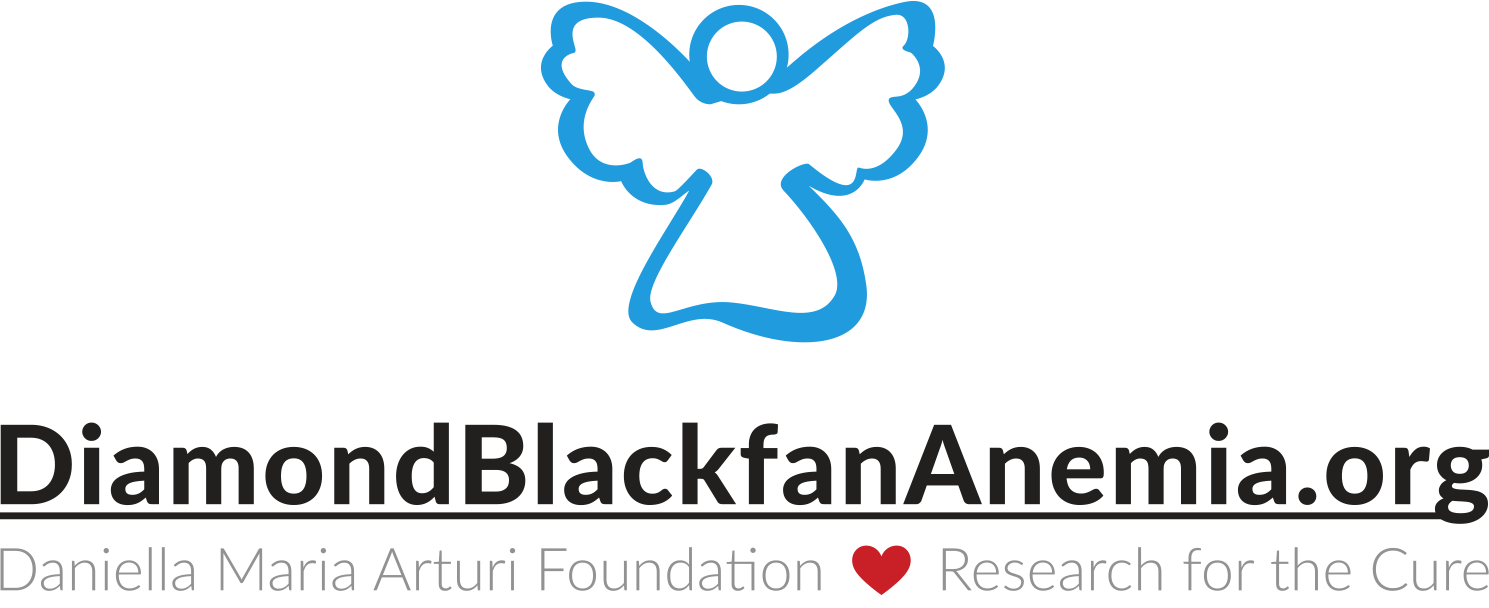History & Mission
Daniella Maria Arturi
The Daniella Maria Arturi Foundation (DMAF) was founded by Marie and Manny Arturi in early 1996 shortly after the loss of their daughter, Daniella, who was afflicted with a rare bone marrow failure disorder called Diamond Blackfan Anemia (DBA). DBA is a red cell disorder that usually appears in the first year of life and leads to severe anemia, which may eventually be life-threatening. There currently is no cure for DBA other than stem cell (bone marrow) transplantation, and the treatments have limitations. There is a 20 percent likelihood of patients going into remission, but for patients living with DBA, the primary treatments include repeated blood transfusions or corticosteroids, which carry side effects and risks that significantly impair the child’s quality of life. Unfortunately, Daniella’s death was the result of treatment related to an effort to control or arrest the disorder.
Manny and Marie’s experience revealed the difficult reality and devastating consequences of very limited information and experienced doctors that many families face when caring for children with extraordinarily rare disorders. They became determined to try to prevent the lack of information and alternative treatment protocols from affecting any other child suffering with DBA. With this goal, Manny and Marie created the Foundation in order to improve the DBA clinical care environment, advance family and physician access to up to date DBA information, raise public awareness, and support and stimulate research initiatives that would work toward improved treatment options and a cure for DBA.
Our Mission
The mission of the Daniella Maria Arturi Foundation (DMAF) is to stimulate and support advanced clinical and laboratory research and clinical care initiatives in Diamond Blackfan Anemia (DBA), while increasing DBA awareness among the scientific, medical, lay and government communities. DBA is the first disease known to be associated with a defect in ribosome biosynthesis and is characterized by red cell aplasia, birth defects and a potential increased predisposition to cancer. The coordination of these efforts aims to enhance the understanding of DBA in order to make improvements in diagnosis, treatment, and direct patient care, while working toward a cure for DBA patients around the globe.

